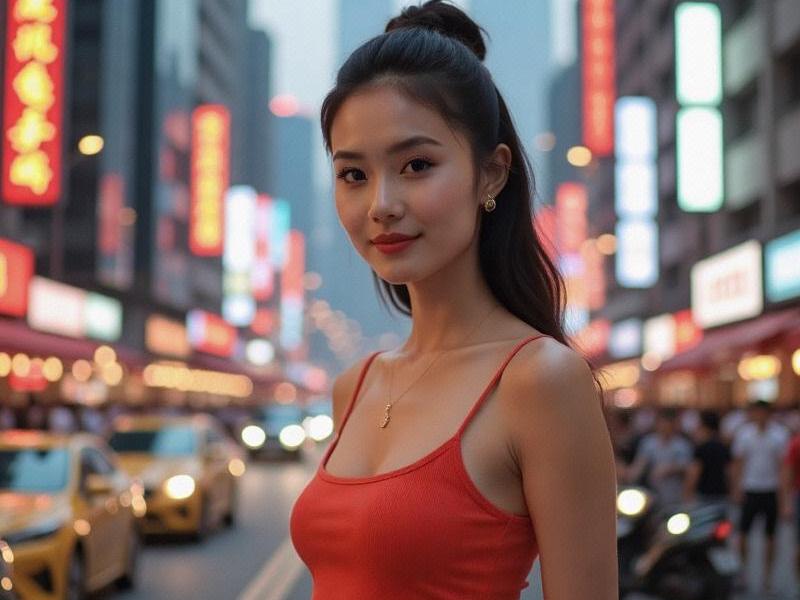
The morning ritual at Xintiandi's Sephora flagship reveals Shanghai's beauty paradox - rows of women simultaneously applying gua sha tools and LED masks, blending ancient Chinese wellness practices with cutting-edge technology. This duality defines what scholars now call "The Shanghai Look" - a fusion of East and West that's become Asia's most influential urban aesthetic.
Historical Foundations
- 1930s Shanghai glamour revival in fashion circles
- Qipao modernization movements
- White-collar "Jian Dan" (simple) makeup philosophy
- The enduring influence of Zhou Xuan and other classic icons
Contemporary Expressions
新上海龙凤419会所 - Skincare-first approach dominating beauty budgets
- "No-makeup makeup" for professional settings
- High-low fashion mixing (designer bags with Taobao finds)
- Rise of domestic beauty brands like Florasis
Industry Innovations
- Cosmetic surgery trends favoring subtle enhancements
- AI-powered makeup consultation services
上海喝茶群vx - Sustainable beauty movement gaining traction
- Douyin makeup tutorials with 50M+ followers
Cultural Tensions
- Workplace pressures around appearance
- Generational divides in beauty standards
- Western vs. Eastern ideal negotiations
- Body positivity movement's slow adoption
上海品茶工作室 Economic Impact
- Shanghai's ¥87 billion beauty market
- Local influencers driving product trends
- Beauty tech startups attracting VC funding
- Cosmetic tourism from across Asia
As Shanghai positions itself as Asia's fashion capital, its women are crafting a beauty language that honors cultural roots while embracing global influences - offering an alternative to both Western-dominated ideals and rigid traditional standards. The resulting aesthetic celebrates intelligence and individuality as much as physical attributes, potentially signaling a broader shift in how Chinese femininity gets defined in the 21st century.
